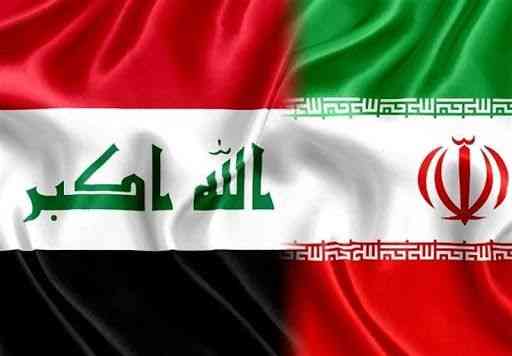Pre-Islamic Persians in Iraq shaped a minority In spite of their standard in Iraq for a considerable length of time before Islam during the Achaemenid, Parthian and Sassanid time, they didn't settle in it essentially during generally old style and late relic, and they were consistently a decision minority. In any case, the Persian nearness was concentrated along the lower regions of the Zagros Mountains and in the upper spans of the Tigris tributaries, for example, the upper and lower Zab, and their essence there was only an augmentation of the Persian settlement in the Iranian level.
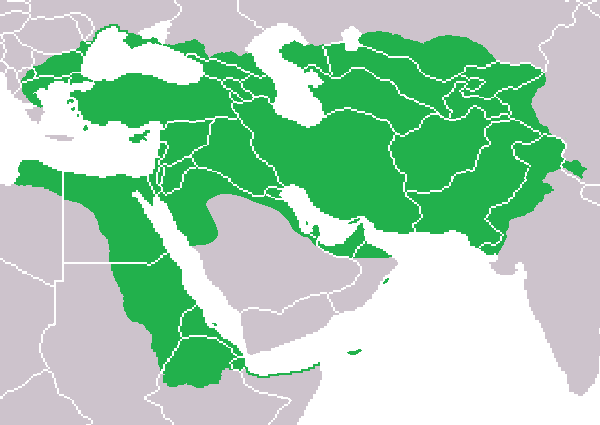
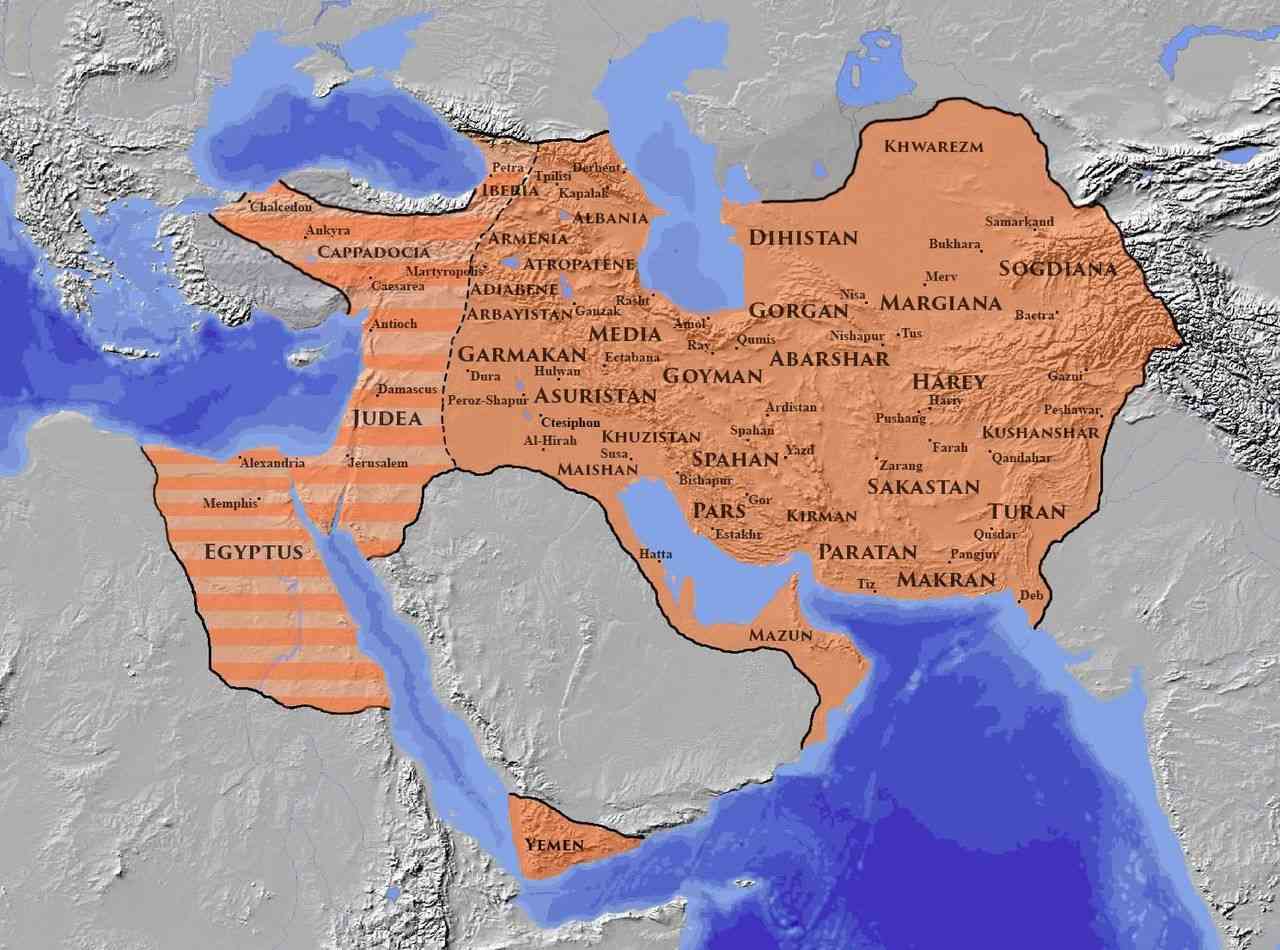

The enormous scope Persian relocation to the Mesopotamian plain started with the ascent of the Sassanid state in the third century A.D. The heaviness of the Persians in the Persian court focused on the urban communities, where they worked there as executives as they worked in military battalions in the western outskirts of the Sassanid Empire, or were finished Bring them as rural specialists.

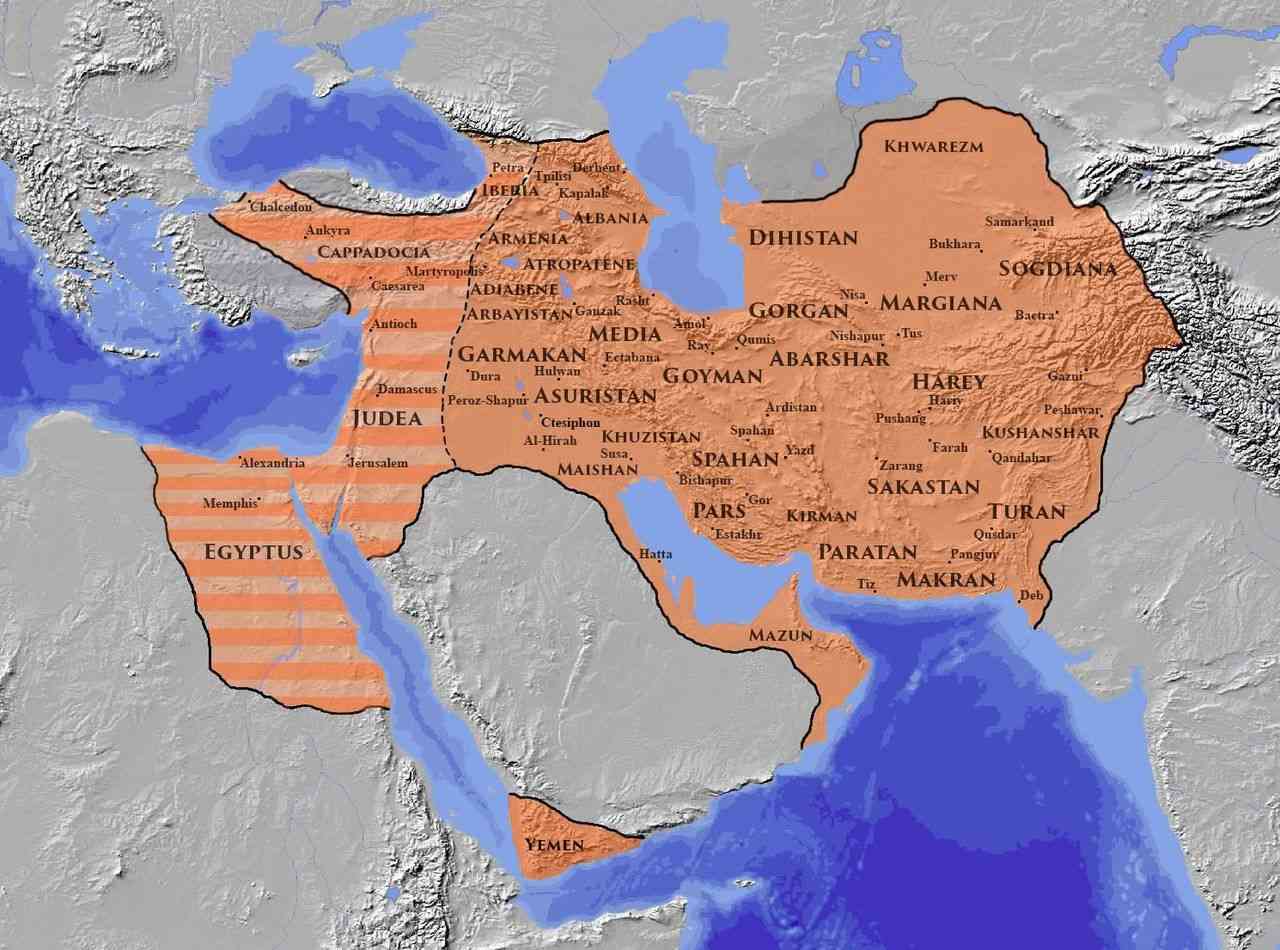
The Persian nearness in Iraq was generally the consequence of the military, authoritative, and financial necessities of the Sassanid Empire.
Lamentably, Sassanid sources don't give us dependable figures for the size and conveyance of the Persian populace in Iraq during the Sassanid time, however it is conceivable to address issues of segment change by contrasting settlement designs and seeing populace changes that incorporated the Persians. It built up the Sassanid strategy of an ethnic Persian nearness in western Iraq, where this arrangement was actualized by shipping officers from Iran with their families and sending them along the external outskirt zones.
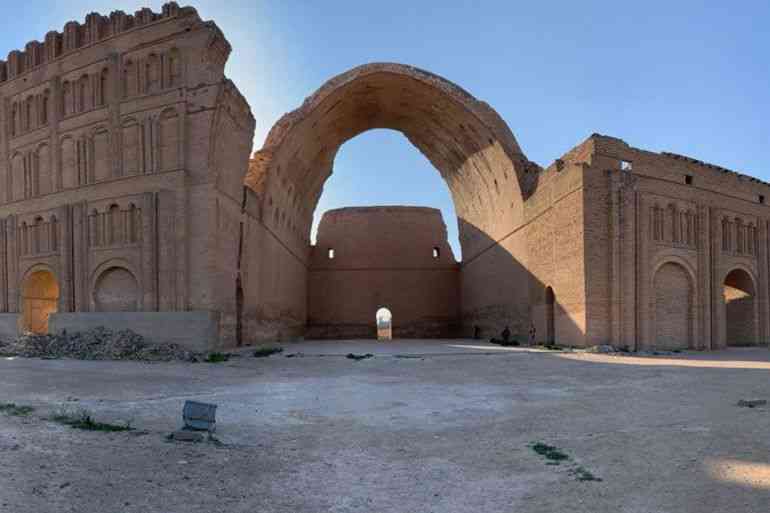
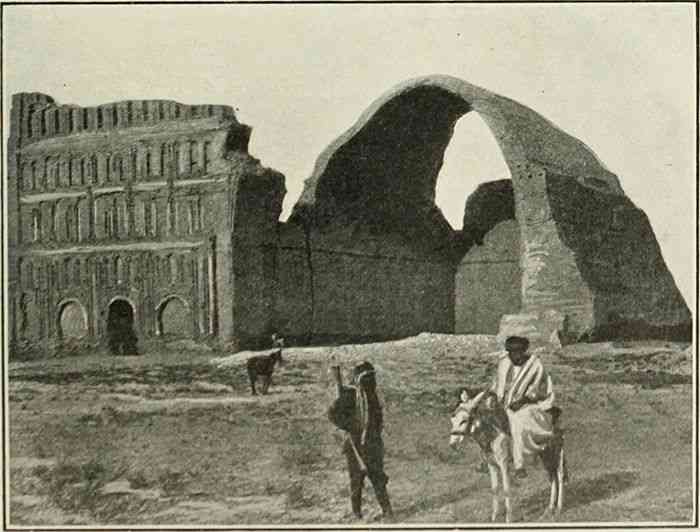
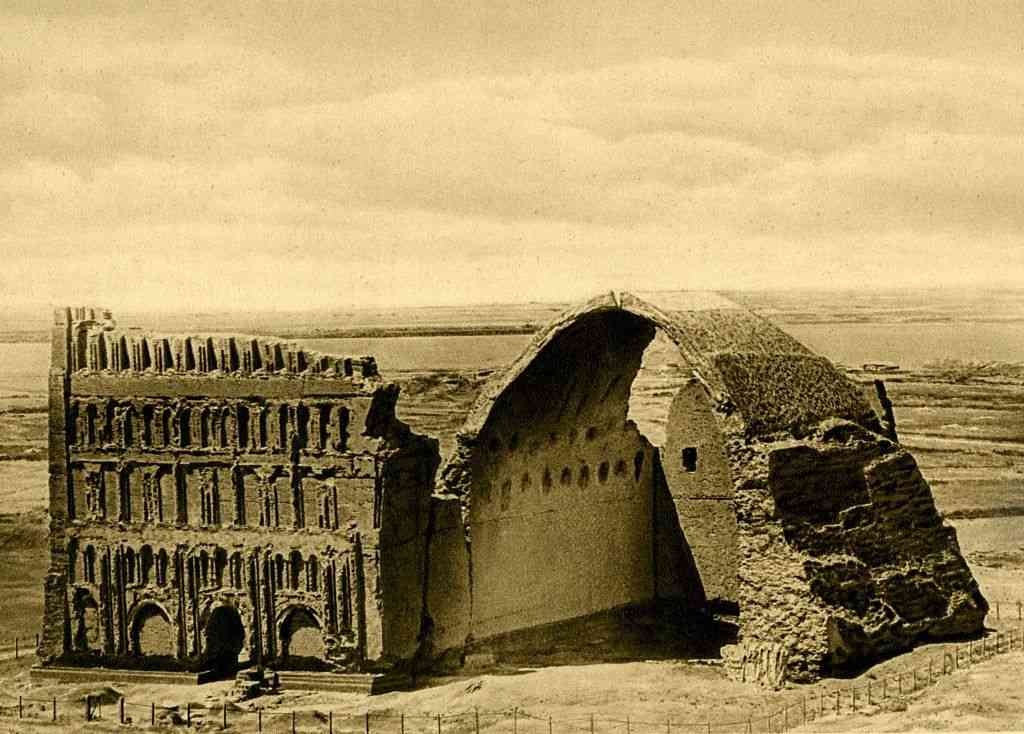
The Sassanids from southern and western Iraq received a perpetual outskirt monitor, and the groups of the refined Persians settled in the significant urban communities of Iraq; Some Persian laborers settled in the towns of Al-Sawad. This development started in the third century with the organization of lasting battalions in Al-Anbar, trailed by the distribution of twelve thousand Persian families from the privileged of Isfahan when that city was taken from the Roman occupation in 363 AD.
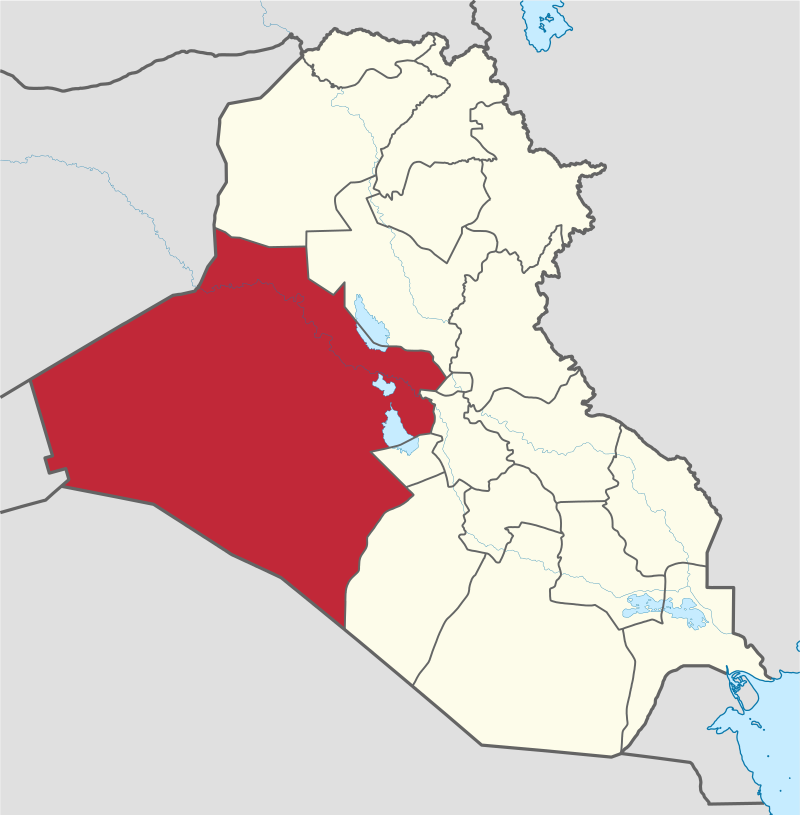
Kavad I (531-49) in the mid 6th century settled numerous Persians in different zones of towns in the upper and lower some portion of Iraq. Before the finish of the Sassanid time, the belt of Persian guarded settlements in the stations stretched out from Ain Tamr, to Qadisiyah. , The desert gardens area called "The eyes of kindness" and in the urban areas of Al-Hirah, Anbar and Sinjar, as were different urban communities portrayed by an enormous populace of the Persians, where they shaped colossal numbers in Nusayb, Tikrit and the eastern portion of the urban areas, and in Kaskar, just like the case in urban areas, for example, Erbil and Kirkuk, which It was situated in locales with a Persian greater part.
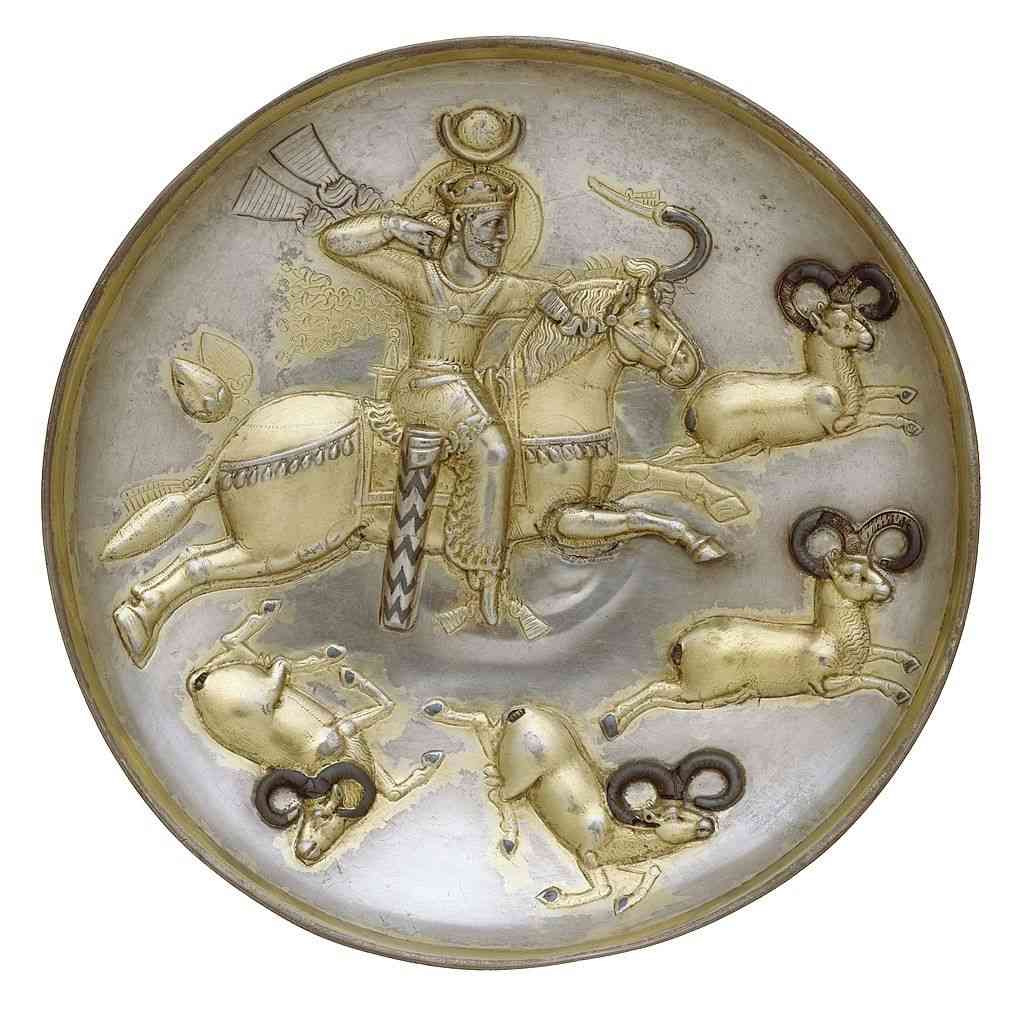
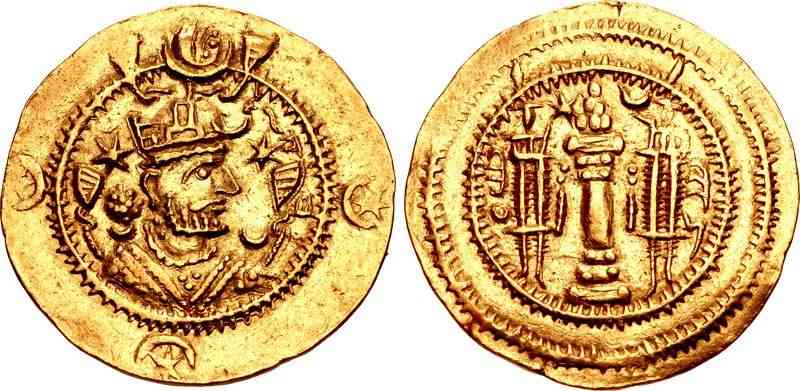
We can portray Persian culture in the Sassanid time frame as a general public composed by social classes. It incorporates classes that reflect military, strict, regulatory and monetary execution and obligations, and there is a detailed order of Persian Zoroastrian ministry.
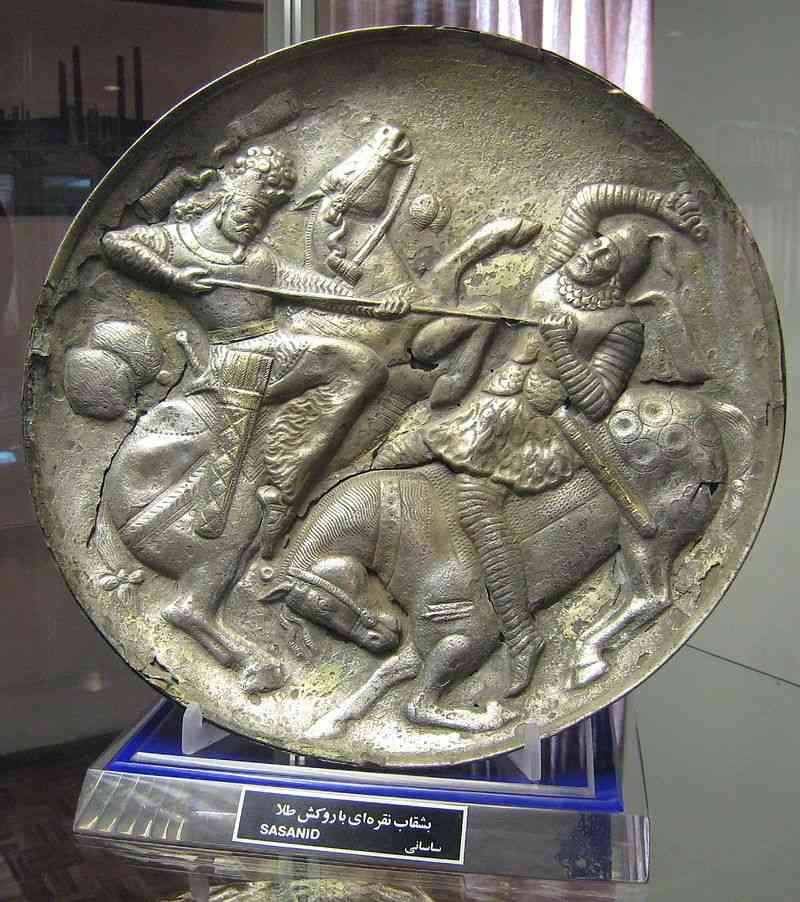
The warriors are separated into rangers and infantrymen, who are recognized by their positions. The bureaucratic class likewise included journalist secretaries, bookkeepers, the imperial court scholars, official students of history, just as specialists, artists, and crystal gazers. The fourth layer shapes the gathering of ranchers, herders, skilled workers and dealers, that is, most by far of the gainful and paying open.
All classes were limited by discrete laws that were proclaimed and enrolled by the state. The progress starting with one class then onto the next was a mind boggling process that necessary the special case and endorsement and authorization of the ruler himself. The state distributed and selected mentors and educators for each class and specialty.
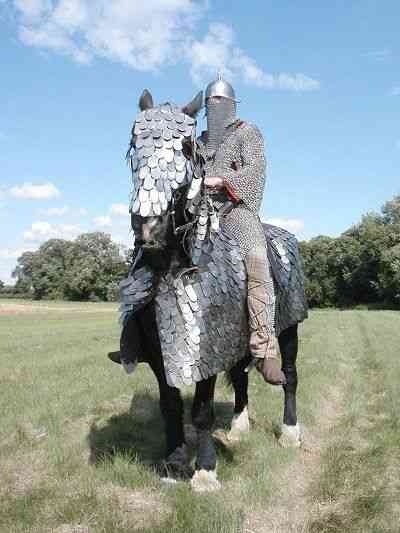
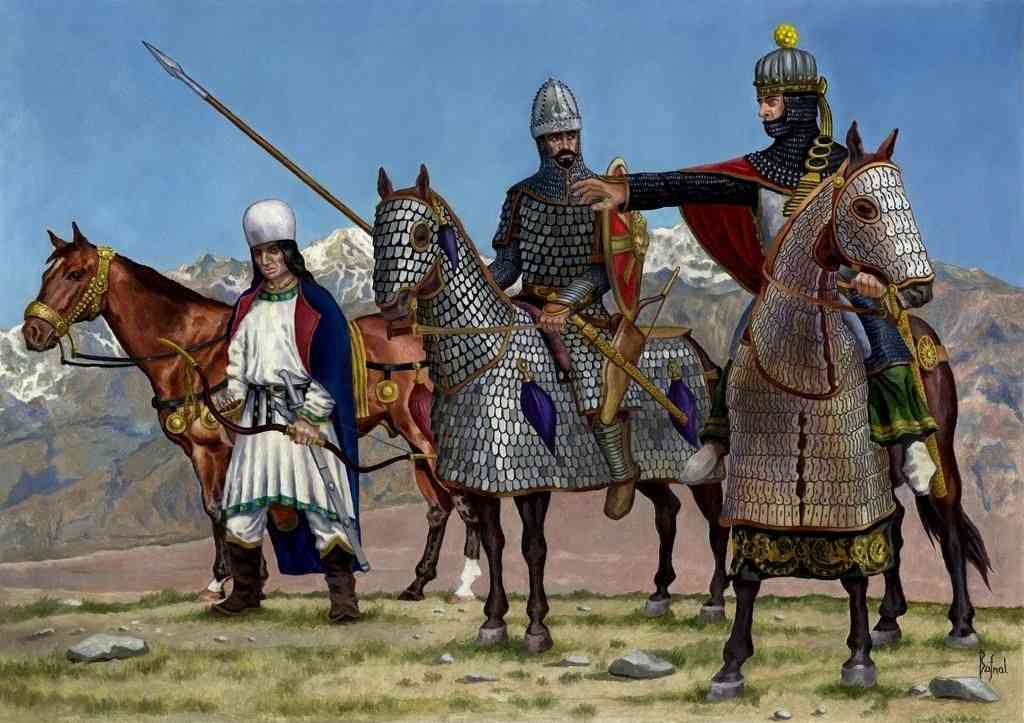

~ EnRi

